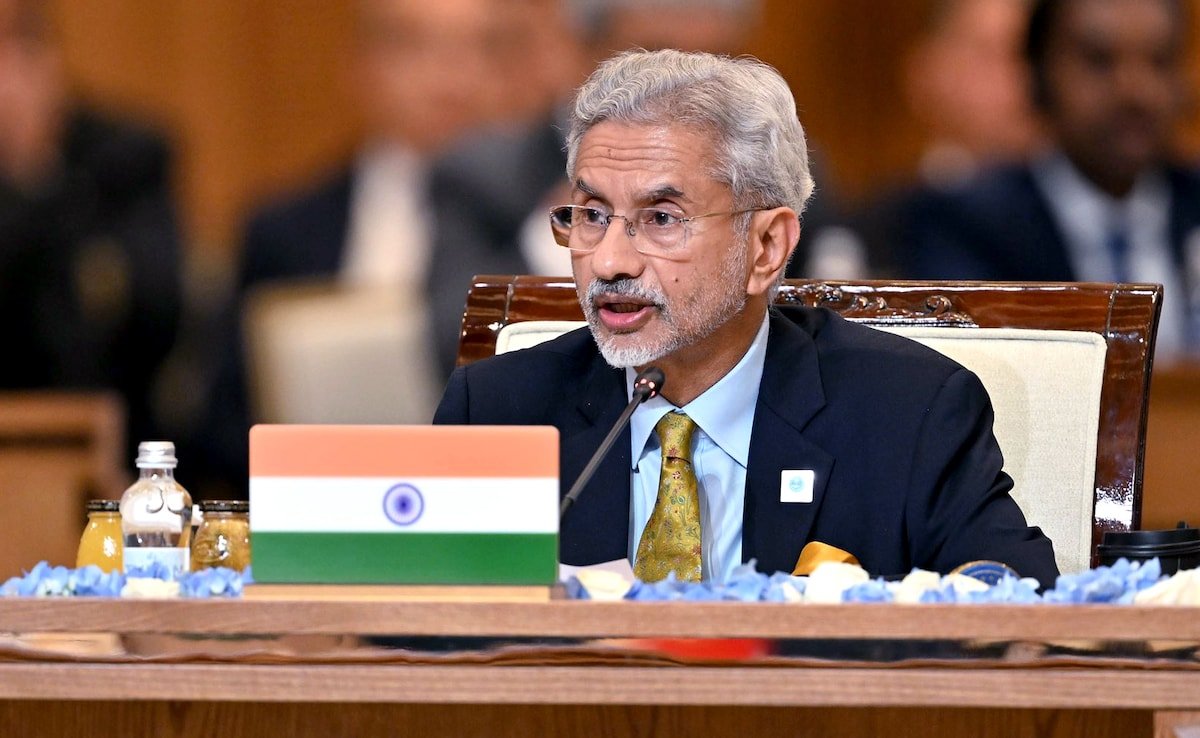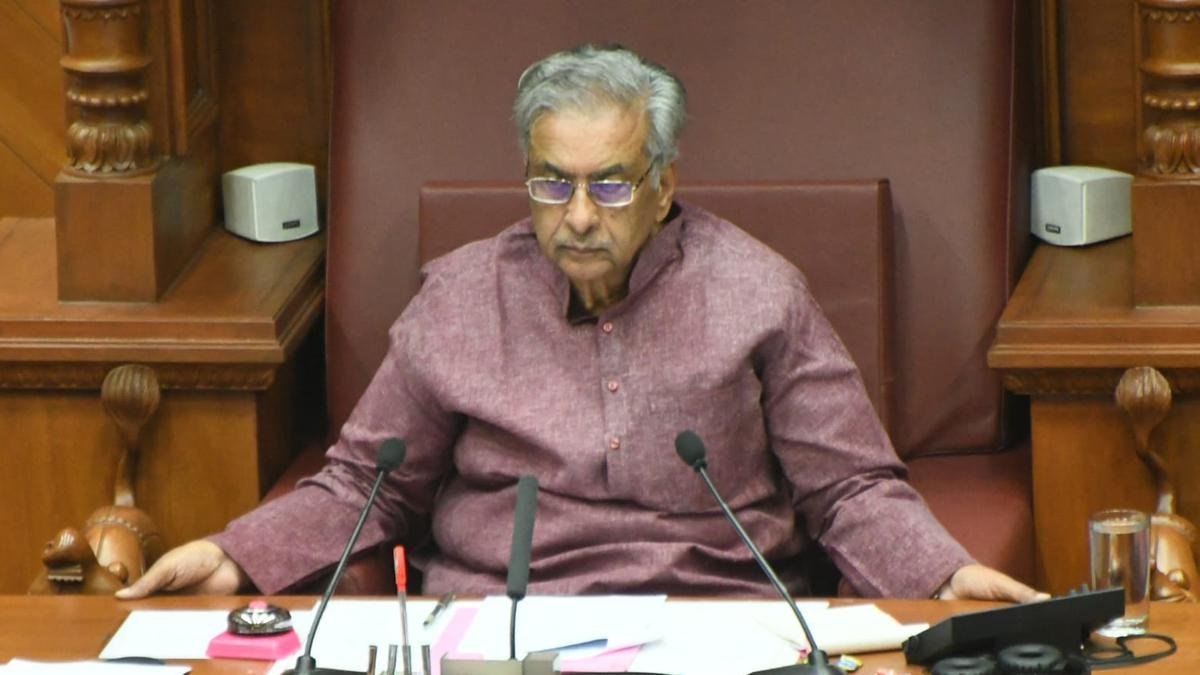
Pediatric brain tumours are abnormal cell growths that develop due to genetic alteration in the normal cells in the brain. These tumours can exert pressure on surrounding brain structures, causing symptoms such as persistent headaches and nausea.
Childhood cancers encompass a range of rare diseases in which malignant cells develop in children and adolescents. Though relatively uncommon compared to adult cancers, it poses unique challenges due to the developmental and physiological differences in children. Pediatric brain tumours are abnormal cell growths that develop due to genetic alteration in the normal cells in the brain. These tumours can exert pressure on surrounding brain structures, causing symptoms such as persistent headaches and nausea. They vary in type, with some growing rapidly while others develop slowly. Brain tumour can be either malignant (cancerous) or benign (noncancerous), but even benign tumour can cause serious issues due to their location and potential pressure on vital brain areas. Although relatively rare, brain tumour is the second most common type of cancer affecting children, following leukaemia.
Receiving a diagnosis of a brain tumor in a child can be distressing—yet with early detection, specialized treatment protocols, and ongoing research into the causes and cures are rapidly improving outcomes for children with cancer.
Types of Pediatric Brain Tumours:
Most brain tumours in children are primary, meaning they originate in the brain and typically do not spread to other parts of the body. Primary brain tumours can be life-threatening if they grow in a critical area or cause pressure on the brain’s structures that control vital functions. Dr Abhishek Kumar, Consultant- Pedeatric Oncology, HCG Hospital, Ranchi shared the most common symptoms of brain tumour in children.
- Astrocytomas are one of the most prevalent types of gliomas in children, accounting for approximately half of all paediatric brain tumours. There are four main types of astrocytomas: pilocytic astrocytoma, diffuse astrocytoma, anaplastic astrocytoma, and glioblastoma multiforme, each with varying degrees of aggressiveness and treatment approaches.
- Brain stem gliomas are tumours that form in the brain stem, which controls essential functions like breathing and heart rate. Due to their critical location, these tumours can be particularly aggressive and challenging to treat, often requiring a carefully coordinated approach.
- Choroid plexus tumours originate in the cerebrospinal fluid-producing areas of the brain, such as the choroid plexus. These tumours are more commonly found in children and can vary in behaviour, with some being benign and others malignant.
- Ependymomas arise from the ependymal cells that line the ventricles in the brain and the central canal of the spinal cord. These tumours can be benign or malignant, with their location and grade determining the treatment strategy and prognosis.
- Medulloblastomas are highly malignant tumours that typically occur in the cerebellum, the part of the brain responsible for coordination and balance. These tumours are known for their rapid growth, requiring aggressive treatment, including surgery, radiation, and chemotherapy.For children over 15, pituitary tumours, usually benign, are more common, along with pilocytic tumours.
Common Symptoms of Pediatric Brain Cancer:
Recognizing the signs of pediatric brain tumours early is key to timely diagnosis and treatment. Common symptoms in children to watch for include:
- Persistent Headaches: Frequent, intense headaches that don’t respond to medication.
- Vomiting and Nausea: Particularly in the morning or unrelated to food.
- Vision Changes: Blurred or double vision, or unexpected vision loss.
- Balance Issues: Difficulty walking or maintaining balance.
- Behavioural Changes: Sudden mood swings, personality changes, or unusual behaviour.
- Seizures: Episodes of uncontrolled movements or convulsions.
Diagnosis and Treatment of Pediatric Brain Tumours
Diagnosing pediatric brain tumours involves a combination of imaging tests, such as MRI and CT scans, and sometimes a biopsy for a conclusive diagnosis. Once a tumour is identified, treatment options may include surgery, radiation therapy, chemotherapy, or a combination of these, depending on the tumour’s type, size, and location.
Common treatment approaches include:
- Ventriculoperitoneal Shunt Placement: This involves draining excess fluid from the brain using a small plastic tube called a shunt.
- Surgical Resection: Removal of as much of the tumour as possible through a hole in the skull.
- Radiation Therapy: High-energy rays are used to prevent cells from growing and dividing, which may be used before or after surgery and in conjunction with chemotherapy.
- Chemotherapy: Often employed for tumours that are hard to remove surgically or are particularly aggressive.
- Each of these treatment approaches has its specific risks and benefits, and the optimal choice depends on the specific characteristics of the tumour and the patient’s overall health and prognosis.
Facing a diagnosis of brain cancer in a child is undeniably challenging for parents and families. However, the evolving field of paediatric oncology offers a wealth of resources, advanced treatment options, and a supportive community to guide families through this difficult journey. The key to a successful outcome often lies in early detection, accurate diagnosis, and a comprehensive treatment plan tailored to the child’s specific needs. As research into paediatric brain cancer continues to advance, hope grows for better treatments, improved survival rates, and a future where children with brain cancer can lead healthy and fulfilling lives.






